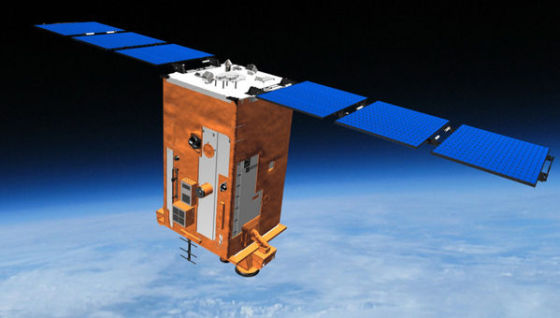However, the Rocket and Space Center noted that due to the remoteness of the satellite's orbit from the Moon, stereoscopic imaging of the lunar surface is not possible.
MOSCOW, January 15. /tass/. The Aist-2T satellite, which, paired with a second such device, will create a 3D model of the Earth, will be able to shoot, including the Moon. This was reported to TASS by the press service of the Progress Rocket and Space Center (RCC) (part of Roscosmos).
"We have provided for the possibility of using the Aist-2T small spacecraft to photograph the Moon," the press service noted.
However, the RCC noted that due to the remoteness of the satellite's orbit from the Moon (approximately 384,000 kilometers, while the distance to Earth is 400 km), stereoscopic imaging of the lunar surface of the Aist-2T spacecraft is not possible.
"To carry out this type of survey, the spacecraft must be located hundreds of times closer to the moon. For such purposes, including detailed shooting of the Moon, special devices are being created that are located in the orbit of the Moon," they explained.
The Aist-2D satellite is currently in orbit. Usually, the cameras of the Aist-2D satellite are aimed at the Earth, since it is a remote sensing device of the Earth. To shoot other celestial bodies, the orientation of the device is changed.
In 2019, Progress won a competition for the creation of a space complex for remote sensing of the Earth for stereoscopic photography "Stork", which includes the creation of two small spacecraft "Stork-2T". The complex is being created within the framework of the state program "Space Activity of Russia". The main tasks of the satellites, which are scheduled to be launched in 2019, will be to receive panchromatic and overlapping stereoscopic images and color images of the Earth's surface, and to deliver the target information received on board the vehicles via radio channel to ground reception points.

